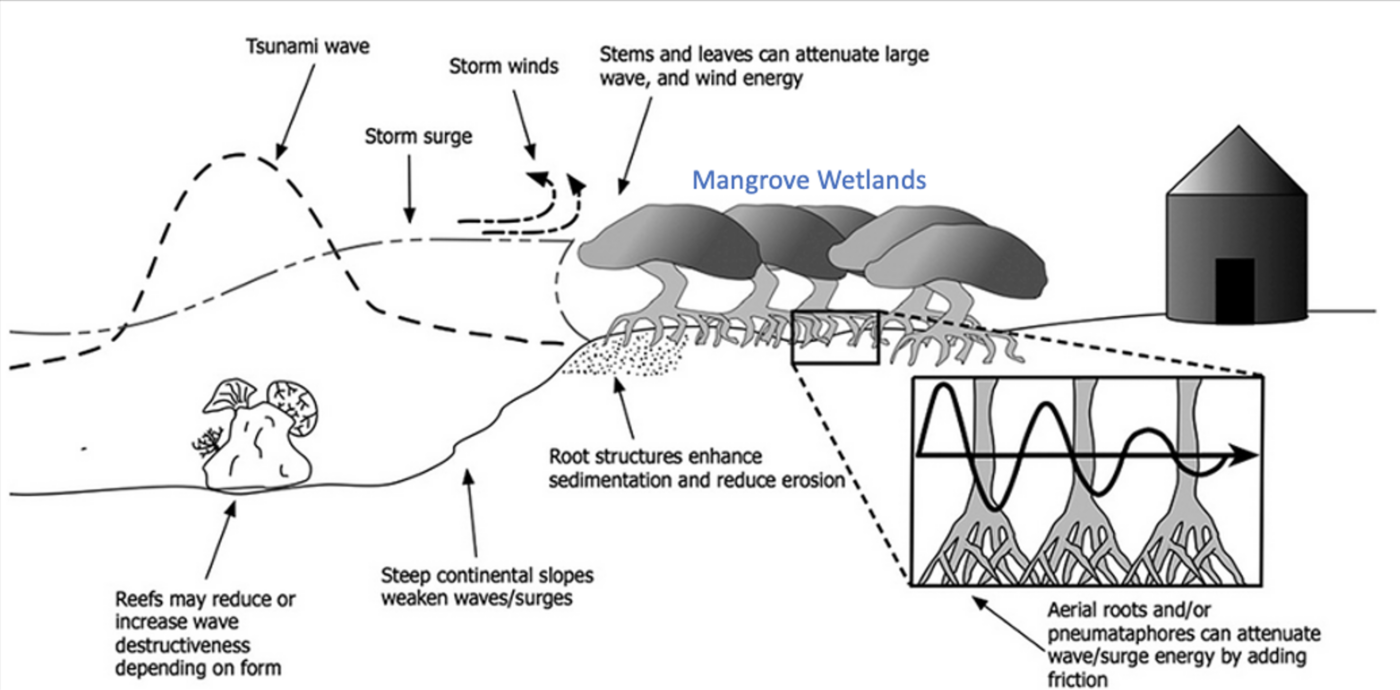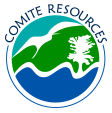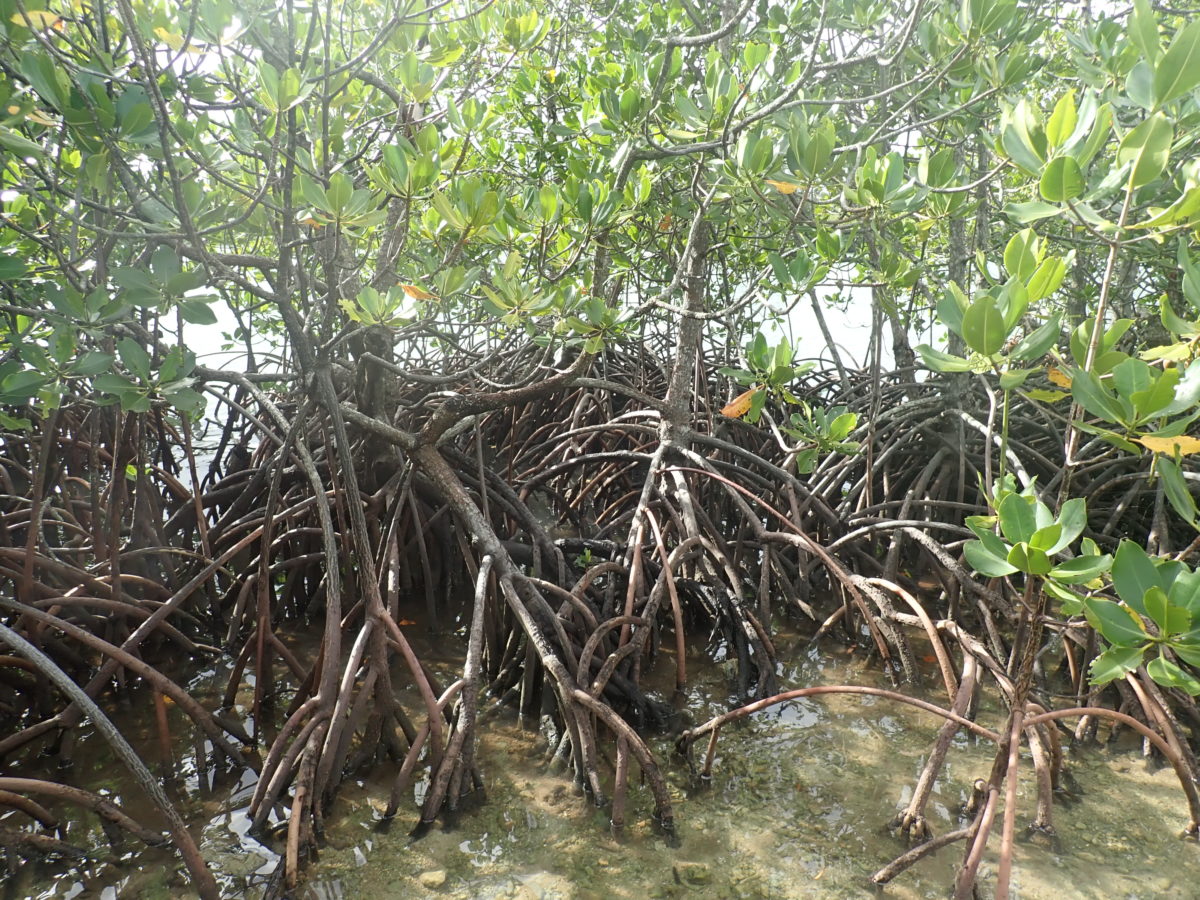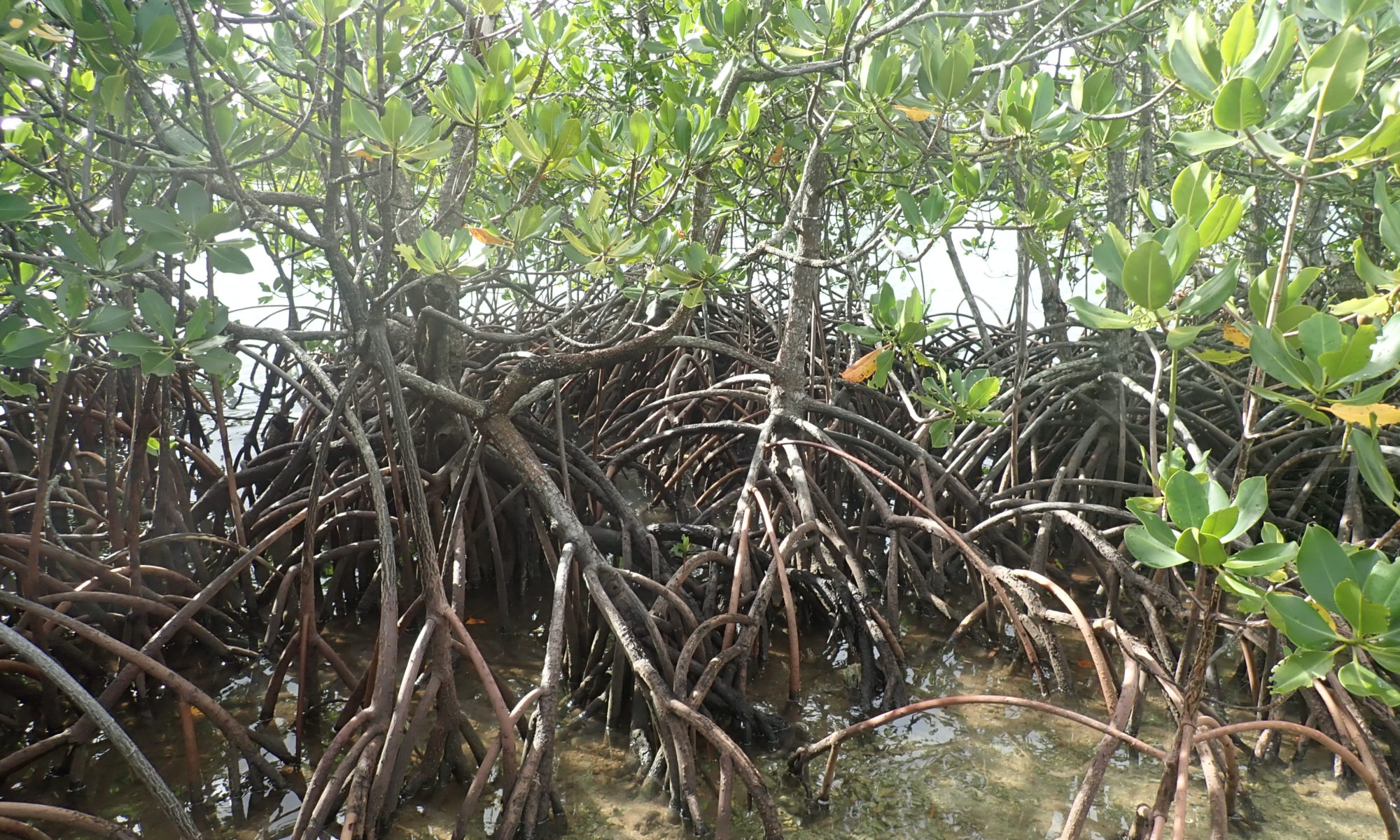A wetland is an area where water is present either on the soil surface or within the plant root zone for a portion of the year and contains vegetation adapted to wet soils. Wetlands are diverse ecosystems that bridge the gap between terrestrial and aquatic environments. They’re incredibly important because they provide habitat for a wide variety of plant and animal species, help control flooding by absorbing excess water, improve water quality by removing pollutants such as excess nutrients, and help maintain biodiversity.
Wetlands include marshes, swamps, bogs, and areas along water bodies such as bayous or lakes. Wetlands dominated by trees are called swamps and wetlands dominated by herbaceous (i.e., non-woody plants) plants are called marshes. Wetland vegetation species distribution is determined by hydrology, specifically length and depth of soil surface flooding. A typical wetland will emerge from an adjacent water body into the shallow aquatic zone where floating or rooted plants grow to the marsh zone where herbaceous (non-woody) plants grow. Beyond the marsh, at a slightly higher elevation, may be a shrub/scrub area with short woody and herbaceous vegetation that, grades to swamp dominated by bald cypress trees at lower elevations and longer flooding times.

There are seven major types of wetlands, classified as either coastal or inland, in the United States. These wetlands exhibit considerable diversity due to variations in soil type, topography, climate, hydrology, water chemistry, vegetation, and various other factors. They support a rich biodiversity and span across diverse landscapes and range from the icy tundra to the lush tropics, and are present on every continent except Antarctica.
| Wetland Type | Dominant Vegetation | Dominant Hydrology |
| Coastal Wetlands | ||
|
Tidal Salt Marsh |
Herbaceous – ex: smooth cordgrass |
Tidal |
| Tidal Freshwater Marsh | Herbaceous – ex: maiden cane | Tidal |
| Mangroves | Woody – Mangrove trees | Tidal |
| Inland Wetlands | ||
|
Inland Freshwater Marsh |
Herbaceous – ex: cattails |
Rivers, streams, precipitation, watershed runoff |
| Northern Peatlands | Herbaceous – ex: moss | Precipitation |
|
Southern Deepwater Swamps |
Woody – ex: bald cypress, water tupelo | Rivers, streams, precipitation, watershed runoff |
|
Riparian Wetlands |
Woody – shrubs and trees, ex: buttonbush and willow, | Rivers, streams, precipitation, watershed runoff |
Wetlands are important and diverse ecosystems that provide economic benefits to society. For example, coastal mangrove wetlands can protect houses from intense wind and storm surge (Figure 2).

State and federal legislation, such as Section 404 of the Clean Water Act (CWA), exists to protect wetlands. Wetlands determined to be ‘jurisdictional wetlands’ (as delineated using Section 404 of the CWA) have their uses regulated by agencies such as the U.S. Army Corp of Engineers, including wetlands on private property. So, What is a jurisdictional wetland? Sign up to receive additional information.



